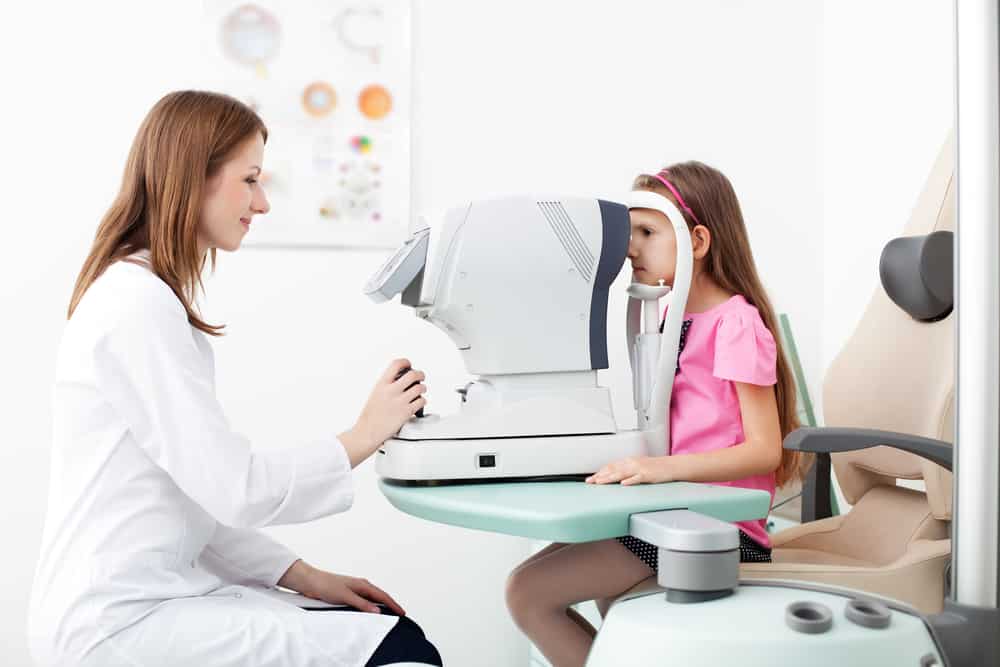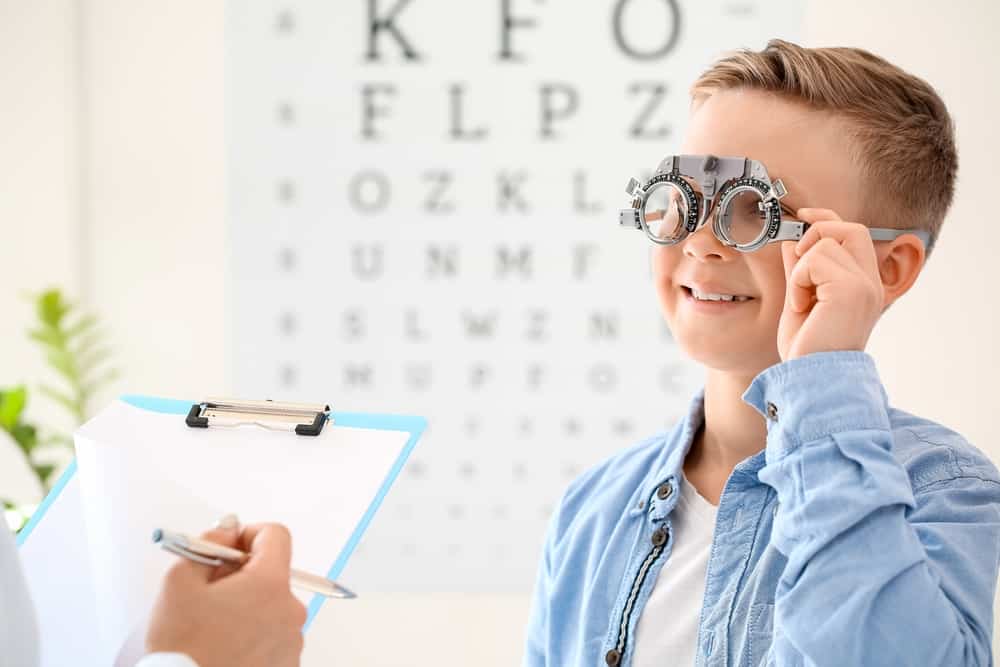Protecting Your Child’s Vision for a Brighter Future
The Importance of Pediatric Eye Care
Pediatric eye care goes beyond just assessing how well a child can see; it’s about ensuring that their visual system supports their learning and developmental needs. The eyes serve as windows to the world, allowing children to explore, comprehend, and interact with their surroundings. This exploration, in turn, plays a pivotal role in their cognitive, motor, and social development. Recognizing abnormalities early can not only prevent vision loss but can also positively influence a child’s academic and athletic performance. Here at North Shore Advanced Eye Care, we strive to give your child the best start in life, emphasizing the need for comprehensive pediatric eye exams.
The Best Age for the First Eye Exam
Many new parents are unaware of the optimal timeline for their child’s first eye examination. Instead of waiting for noticeable signs or school recommendations, it’s advised to be proactive. The American Optometric Association recommends infants have their first eye exam at six months. During this exam, optometrists assess the basic visual abilities of the baby, ensuring that there are no developmental issues or obstacles that might hinder their visual learning experience as they grow.
Common Pediatric Vision Issues
Children’s eyes develop rapidly, and several vision issues can emerge during their early years. Here are some of the most prevalent:
- Amblyopia (Lazy Eye): Often undetected as the other eye compensates, this condition can lead to permanent vision loss if not addressed early.
- Strabismus: A misalignment that can cause double vision or depth perception problems. It’s crucial to correct it early to prevent amblyopia.
- Refractive Errors: These are common and can change as children grow. Whether it’s myopia, hyperopia, or astigmatism, timely correction aids in clear vision and healthy eye development.
Early intervention, with the expertise of establishments like North Shore Advanced Eye Care, can change the trajectory of these conditions, ensuring children can see the world as crisply and vibrantly as possible.
Symptoms to Watch Out For
Every child is unique, and so are the ways they might manifest vision issues. It’s not always a direct complaint about blurred vision. Some subtle cues include:
- Behavioral Cues: Avoiding activities which require near vision, such as reading, or distance vision, like playing ball.
- Physical Cues: Frequent headaches, squinting, or blinking excessively.
- Academic Cues: A sudden drop in academic performance or reluctance towards school can sometimes be attributed to vision problems.
- Emotional Cues: Frustration, reduced attention span, or mood swings.
Acting promptly on these symptoms and consulting with specialists ensures your child’s well-being and peace of mind for you as a parent.

The Role of North Shore Advanced Eye Care in Pediatric Vision Health
North Shore Advanced Eye Care is not just an eye clinic; it’s a commitment to the future of our children. With a blend of state-of-the-art technology and compassionate care, we stand at the forefront of pediatric optometry. Our approach is holistic. Beyond diagnosis and treatment, we believe in equipping parents with knowledge. Whether it’s understanding the nuances of a prescription, exercises to strengthen visual skills, or tips on preventing digital eye strain, we ensure parents are partners in the journey of their child’s vision health.
Ensuring Continual Eye Health
Childhood is a phase of rapid growth, both mentally and physically. Just as children outgrow clothes and shoes, their vision needs can change over short periods. Following the initial exam at six months, subsequent check-ups at age three and before school enrollment help track and cater to these evolving needs. As they transition into schooling, with increased digital exposure

